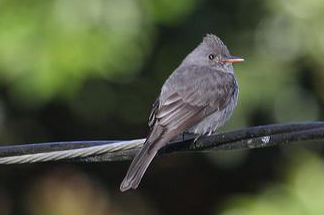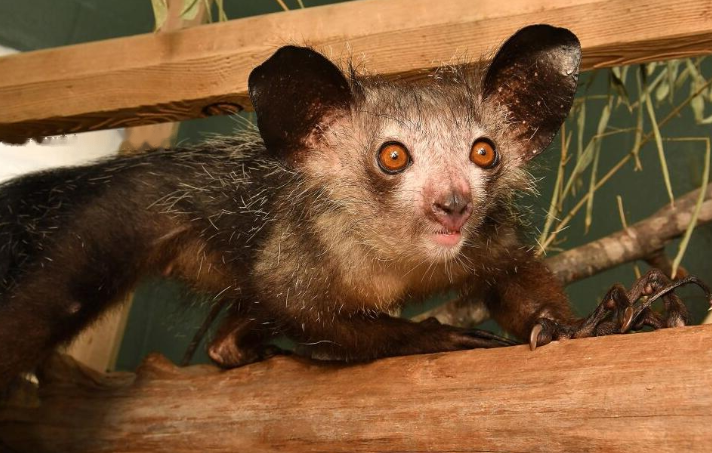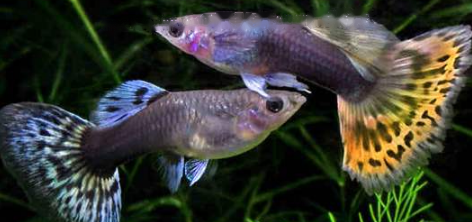Ringed map turtles, named for their dark olive green carapace with yellow ring patterns that look like contour lines and road maps on a map. It looks very individual, but the number of ringed map turtles is rare, and many people don't know much about this turtle species. Therefore, the following editor has carefully sorted out a small knowledge of the popular science of the ringed map turtle, hoping to help you understand it better.
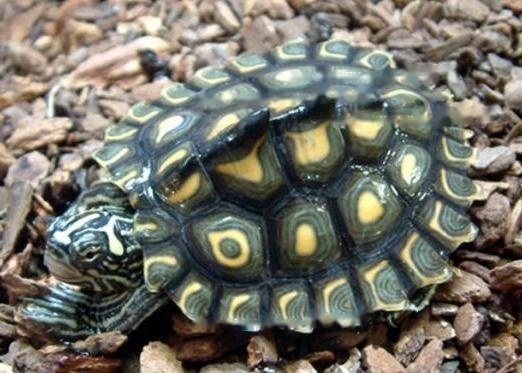
First of all, learn about ringed map turtles Basic information:
1. Chinese name: Ringed map turtle
2. Latin name: Graptemys oculifera
3. Aliases: Yellow Circle Map Turtle
4, Kingdom: Animalia
5, Door: Vertebrate
6, Subphylum: Vertebrate
7. Class: Reptiles
8. Subclass: Apophyllae
9. Order: Turtles
10. Suborder: Suborder Divergeus
11. Family: Zephyridae
12. Genus: Map Turtles
13. Distribution area: Florida to Texas Sri Lanka
14. Suitable temperature: above 25℃
15. Lifespan: above 21 years
16. Conservation level: CITES Appendix II and IUCN Red List VU (Vulnerable)
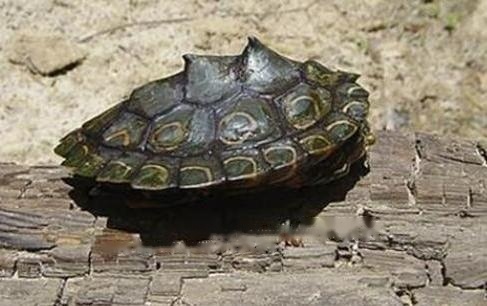
Secondly, understand The morphological characteristics of the ringed map turtle:
1. Body length: 7.6-10.2 cm for males and 12.7-21.6 cm for females.
2. Eyes: There are large yellow spots behind the eyes on both sides. The shapes of these spots are variable. There are two broad stripes on the neck extending behind the eyes.
3. Carapace: The carapace is dark olive green, with prominent black thorn-like protrusions on the ridges, and each rib shield has a yellow or orange ring, surrounded by black side.
4. Plastron: The plastron is yellow to orange with an olive pattern along the scutellum seams.
5. Feet: Males have slender claws on their front feet, while females do not.
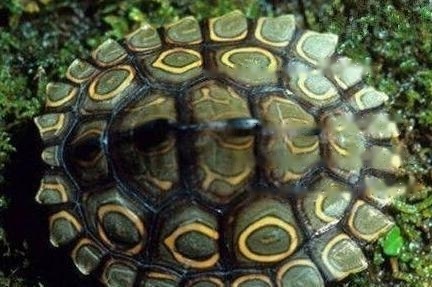
Then, learn about the ring pattern map Living habits of turtles:
1. Activity: Ringed map turtles like to live on wide and soft sandy beaches and clay river bottoms. Sometimes there are a lot of trees, bushes, They can also be seen in places with driftwood and rocks. They like to sunbathe during the day; at night they generally hide under tree branches and driftwood near the river surface to rest.
2. Food: Ringed tortoises are omnivorous turtles, such as fish, insects, aquatic beetles, shellfish or a small amount of algae, etc. They are very fond of eating. However, it generally feeds mainly on insects and mollusks.
Finally, let's take a look at the reproductive ability of the ringed map turtle:
It takes 3 to 5 years for male tortoises to mature sexually, and 7 years for females. Female turtles will lay eggs one after another from mid-May to mid-July, and mid-June is the peak spawning period. The average number of eggs per clutch is 4 to 16, and it takes 60 to 75 days to hatch successfully.
Okay, the above is the little knowledge of the ring map turtle popular science shared by the editor. I believe everyone has a good understanding of it after reading it~
![[Original] Sharing of popular science knowledge of ringed map turtles](/static/img/11249/11249_1.jpg)



